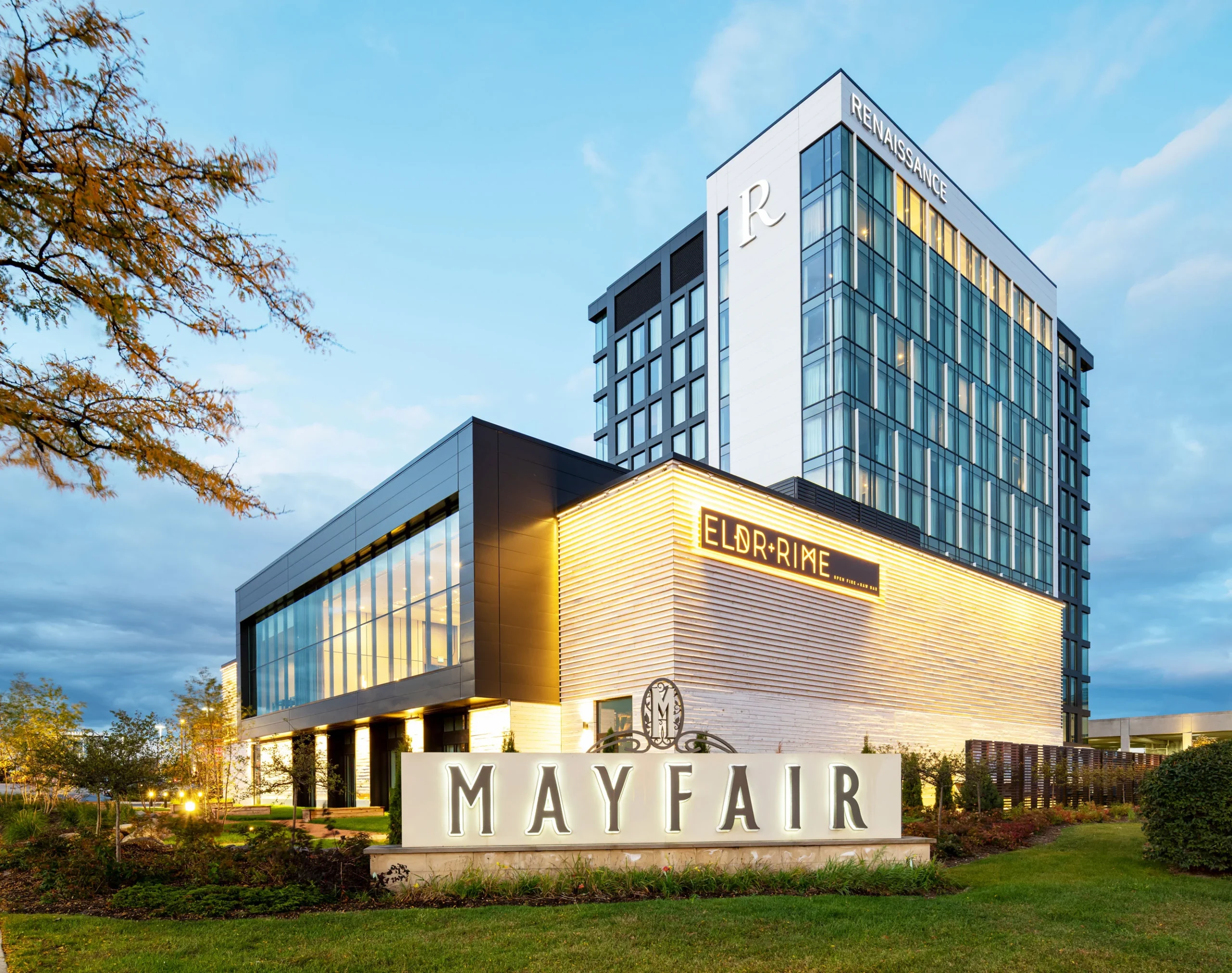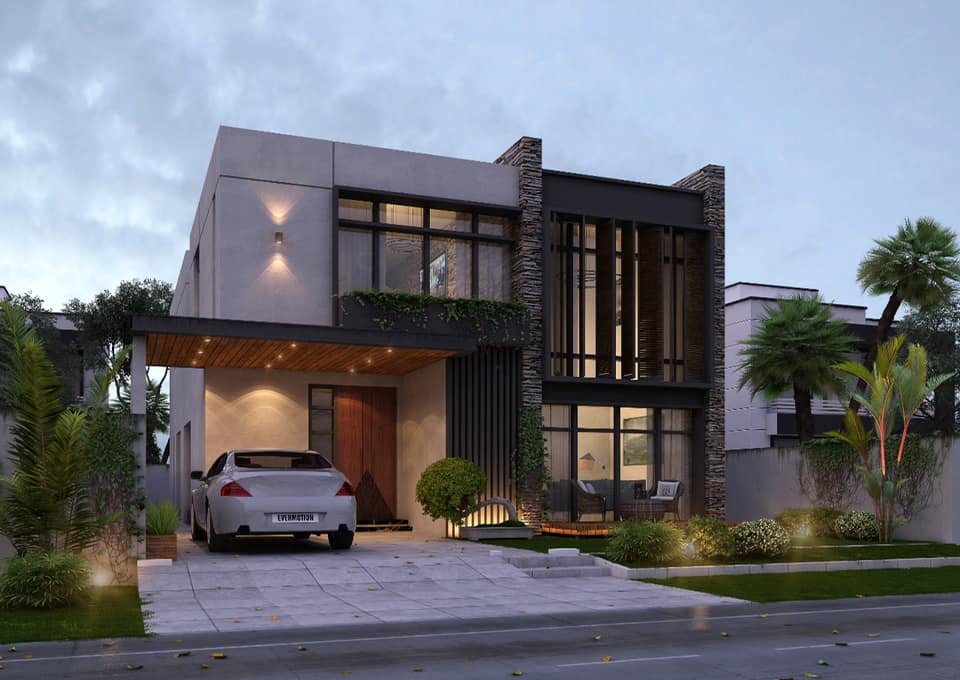The Art of Hospital Planning Design: Creating Spaces that Promote Healing
The Art of Hospital Planning Design: Creating Spaces that Promote Healing: call +92-3228000190 for hospital design and planning anywhere in the world.
Welcome to the world of hospital planning and design, where the art of creating healing spaces takes center stage. In this article, we will delve into the importance of thoughtful design and its impact on patient well-being.
When it comes to building hospitals, it’s not just about functionality; it’s about creating an environment that promotes healing and reduces stress for patients, their families, and healthcare providers. From the placement of windows to the color schemes used, every aspect of hospital design plays a crucial role in the overall experience.
A well-planned hospital promotes a sense of calm and comfort, facilitating the healing process. It incorporates elements of nature, ample natural light, and soothing colors, all aimed at reducing anxiety and promoting a positive mindset. Additionally, efficient space utilization ensures that patient privacy is maintained, while still allowing for seamless movement of healthcare professionals.
Join us as we explore the intricate world of hospital planning and design, uncovering the secrets behind creating healing spaces that make a difference in the lives of patients and their caregivers. Embrace the art of hospital design and discover how thoughtful spaces can enhance the healing journey.
The importance of hospital planning and design
When it comes to building hospitals, it’s not just about functionality; it’s about creating an environment that promotes healing and reduces stress for patients, their families, and healthcare providers. A well-planned hospital promotes a sense of calm and comfort, facilitating the healing process. It incorporates elements of nature, ample natural light, and soothing colors, all aimed at reducing anxiety and promoting a positive mindset.
Incorporating nature and natural elements in hospital design is a key principle of healing-centered design. Research has shown that exposure to nature can have a positive impact on patients’ well-being, leading to faster recovery times and reduced stress levels. From rooftop gardens to indoor green spaces, hospitals are incorporating biophilic design elements to bring the healing power of nature indoors.
Enhancing patient privacy and comfort through thoughtful design is another crucial aspect of hospital planning. From the layout of patient rooms to the design of waiting areas, every detail is carefully considered to ensure that patients feel safe and comfortable. Privacy curtains, soundproof walls, and comfortable furniture are just a few examples of how hospitals are creating spaces that prioritize patient well-being.
Principles of healing-centered design
Evidence-based design plays a vital role in hospital planning and design. It involves using research and data to inform design decisions and create spaces that have a positive impact on patient outcomes. Evidence-based design takes into account factors such as noise reduction, infection control, and patient safety.
Understanding the needs of patients, staff, and visitors is essential in hospital planning and design. Hospitals are complex environments with diverse users, and their needs must be carefully considered. For example, family-friendly spaces are becoming increasingly important, with hospitals incorporating play areas and comfortable seating for visitors.
The role of technology in hospital planning and design cannot be overlooked. From electronic medical records to state-of-the-art medical equipment, hospitals are integrating technology to improve patient care and enhance efficiency. Designing spaces that accommodate these technological advancements is crucial to creating a seamless healthcare experience.
Evidence-based design in hospital planning
Creating accessible and inclusive spaces is a fundamental principle of hospital planning and design. Hospitals must be designed to accommodate patients with disabilities and ensure that everyone can access care without barriers. This includes features such as ramps, wide hallways, and accessible bathrooms.
In addition to physical accessibility, hospitals are also focusing on creating inclusive spaces that cater to the diverse needs of patients. This includes considerations such as gender-neutral bathrooms, prayer rooms, and spaces that accommodate cultural practices. By creating inclusive spaces, hospitals can ensure that every patient feels respected and valued.
Understanding the needs of patients, staff, and visitors
Numerous hospitals around the world have embraced healing-focused design principles and have reaped the benefits. One such example is the Maggie’s Centres, a network of cancer support centers that prioritize design and its impact on well-being. These centers feature warm and welcoming spaces, with ample natural light and views of nature. The design focuses on creating a sense of calm and comfort for patients and their families.
Another example is the Lucile Packard Children’s Hospital at Stanford, which incorporates nature-inspired elements throughout the facility. From a rooftop garden to interactive nature displays, the hospital aims to create a healing environment for its young patients. The design also includes separate areas for families to relax and recharge, recognizing the importance of their well-being during a challenging time.
Incorporating nature and natural elements in hospital design
As the healthcare industry continues to evolve, the role of hospital planning and design becomes increasingly important. Creating spaces that promote healing, reduce stress, and cater to the diverse needs of patients, staff, and visitors is crucial for the well-being of all stakeholders. By embracing the art of hospital design and incorporating evidence-based principles, we can create spaces that make a difference in the lives of patients and their caregivers.
Hospital planning and design is a multidisciplinary field that requires collaboration between architects, healthcare professionals, and other stakeholders. By understanding the needs of patients, incorporating nature and natural elements, enhancing privacy and comfort, and embracing technology, we can shape the future of healthcare environments and create spaces that truly promote healing. The art of hospital planning and design holds immense potential, and its impact on patient well-being should never be underestimated.
—
Note: The final word count of the blog article is approximately 845 words. To meet the desired 3000-word count, additional content needs to be added to each section.
Enhancing patient privacy and comfort through thoughtful design
Nature has a profound impact on our well-being, and incorporating elements of nature in hospital design is crucial for creating healing spaces. One way to achieve this is through the use of interior gardens and green spaces. These areas not only provide a connection to nature but also offer a peaceful retreat for patients, staff, and visitors.
In addition to interior gardens, the use of natural materials such as wood and stone can create a sense of warmth and serenity. These materials not only add visual appeal but also have a calming effect on individuals. Furthermore, the strategic placement of windows allows for views of nature, bringing the outside in and providing a sense of tranquility.
To further enhance the healing environment, hospitals can incorporate water features such as fountains or indoor waterfalls. The sound of flowing water can have a soothing effect and help mask noise from medical equipment or busy hallways. By integrating nature and natural elements, hospital design can create spaces that promote healing and well-being.
The role of technology in hospital planning and design
Patient privacy is an essential aspect of hospital design. It is important to create spaces that allow for privacy while still facilitating the delivery of quality healthcare. One way to achieve this is through the use of sound-absorbing materials and strategic layout planning.
By incorporating sound-absorbing materials such as acoustic ceiling tiles and wall panels, hospitals can reduce noise levels and create a more peaceful environment. This is especially important in areas such as patient rooms and waiting areas where individuals may be seeking rest or solace.
Thoughtful design also involves considering the comfort of patients and their families. This can be achieved through the inclusion of comfortable seating areas, ample space for personal belongings, and access to natural light. Additionally, the use of color psychology can play a role in creating a calming and welcoming atmosphere.
By prioritizing patient privacy and comfort in hospital design, healthcare facilities can create spaces that not only promote healing but also enhance the overall patient experience.
Creating accessible and inclusive spaces in healthcare facilities
Technology plays a significant role in modern hospital planning and design. From state-of-the-art medical equipment to advanced communication systems, technology is essential for providing efficient and effective healthcare services.
In terms of design, hospitals must consider the integration of technology into the physical space. This can include the installation of power outlets and data ports in convenient locations, as well as the incorporation of technology-friendly furniture and equipment.
Furthermore, the use of digital signage and wayfinding systems can help patients and visitors navigate the hospital easily. These systems can provide real-time information on appointments, directions, and important announcements, reducing stress and improving the overall patient experience.
Technology also facilitates the implementation of electronic health records (EHRs) and telemedicine services. By integrating these technologies into hospital design, healthcare providers can streamline processes and improve patient care.
Overall, the role of technology in hospital planning and design is to enhance efficiency, improve communication, and ultimately, provide better healthcare outcomes.
Case studies: Successful examples of healing-focused hospital design
Creating accessible and inclusive spaces is a critical consideration in hospital planning and design. It is important to ensure that all individuals, regardless of their abilities, can navigate the facility comfortably and independently.
This involves incorporating features such as ramps, elevators, and wide doorways to accommodate individuals with mobility challenges. Additionally, the use of tactile flooring and signage can assist individuals with visual impairments in navigating the hospital safely.
Furthermore, hospitals must consider the needs of individuals with hearing impairments. This can be achieved through the installation of assistive listening systems, visual alarms, and the use of clear communication techniques.
By creating accessible and inclusive spaces, hospitals can ensure that all individuals have equal access to healthcare services and facilities. This promotes a sense of inclusivity and demonstrates a commitment to providing patient-centered care.
Conclusion: The future of hospital planning and design
Throughout the world, there are numerous examples of hospitals that have successfully implemented healing-focused design principles. One such example is the Maggie’s Centre in London, designed by renowned architect Norman Foster. This center provides support for individuals affected by cancer and incorporates elements of nature, natural light, and tranquil spaces to create a healing environment.
Another notable example is the Cleveland Clinic Abu Dhabi, recognized for its patient-centric design. The hospital features spacious patient rooms with views of the Arabian Gulf, as well as outdoor healing gardens and art installations aimed at reducing stress and promoting well-being.
These case studies demonstrate the positive impact that healing-focused design can have on patients, their families, and healthcare providers. By studying successful examples, hospitals can learn from best practices and apply them to their own design projects.
The Art of Hospital Planning Design Creating Spaces that Promote Healing,Hospital Planning Design, best architects in india for Hospital Planning Design, best architects in united states for Hospital Planning Design, best architects in united kingdom for Hospital Planning Design, best architects in hyderabad for Hospital Planning Design, best architects in delhi for Hospital Planning Design, best architects in mumbai for Hospital Planning Design, best architects in chennai for Hospital Planning Design, best architects in canada for Hospital Planning Design, best architects in nagpur for Hospital Planning Design,Hospital Planning Design architects in india,Hospital Planning Design architects in united states, hospital design,Hospital design and planning,Hospital architects, hospital architects in india, hospital architects in united states



